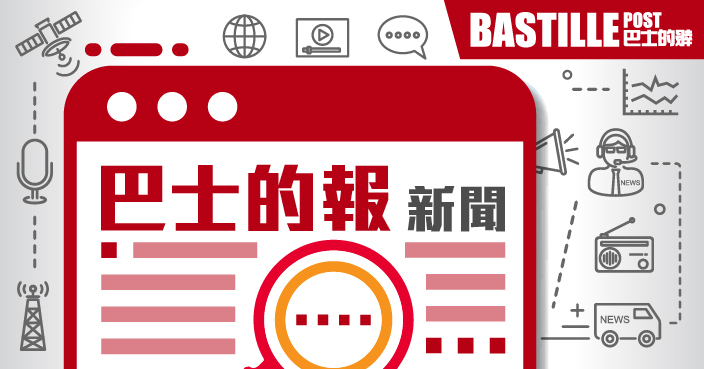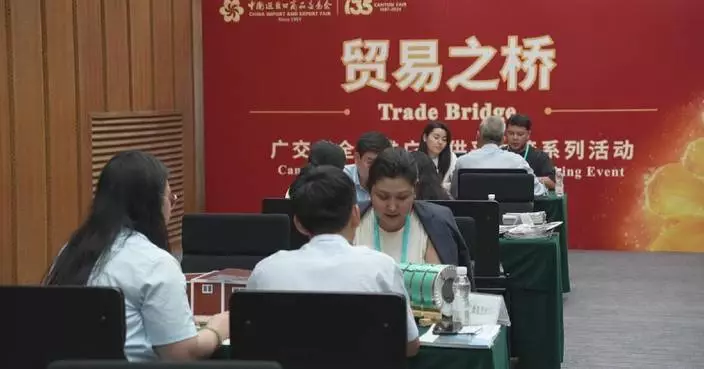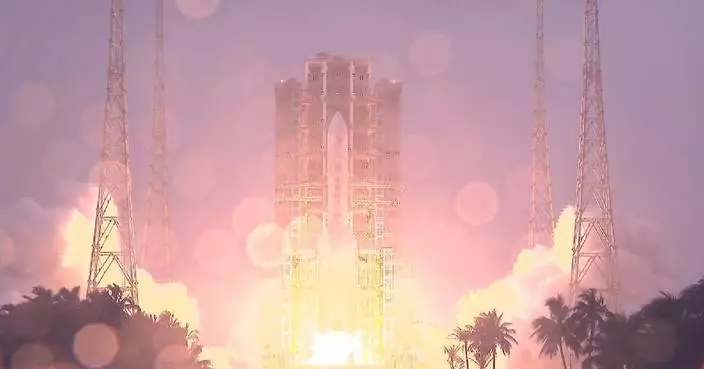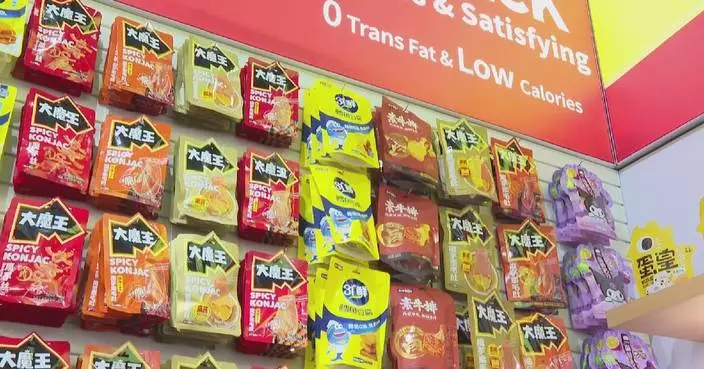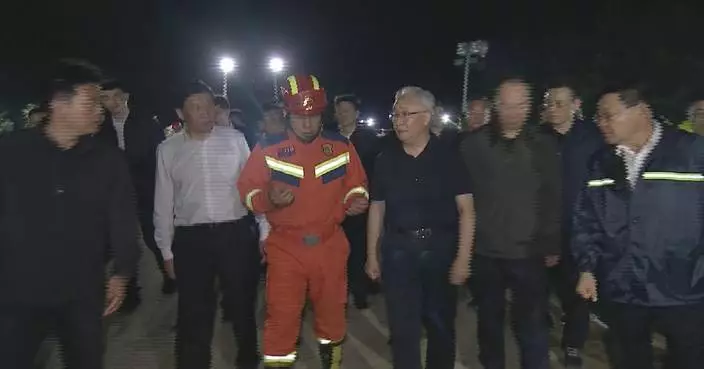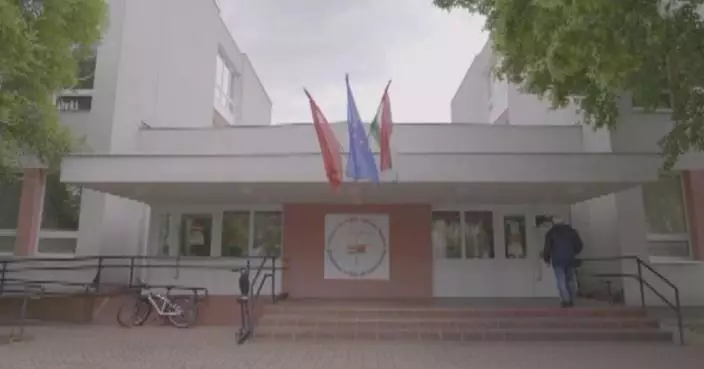China's Belt and Road cooperation has gotten off to a good start in the first quarter of this year, featuring high-quality development, enrichment of cooperation, drastic rise in investment, and enhancement of green stewardship, said a senior official of the Ministry of Commerce (MOFCOM) at a press briefing in Beijing on Friday.
Yang Tao, director general of the Comprehensive Department of the MOFCOM, told the media that the country's high-quality Belt and Road cooperation has made new achievements in the first quarter of this year in four aspects.
"In the first quarter, China's total import and export of goods with countries participating in the Belt and Road Initiative (BRI) exceeded 4.8 trillion yuan, up 5.5 percent, 0.5 percentage points higher than the overall growth rate of foreign trade, and accounting for 47.4 percent of the total import and export value. In terms of exports, we exported high-tech products such as electronic information, instrumentation, and equipment manufacturing that are closely related to enterprise production, as well as consumer goods such as household appliances and clothing that meet the needs of people's livelihood. In terms of imports, we actively share the opportunities brought by China's big market with participating countries. The imported energy and mineral products, integrated circuits, auto parts and other industrial products from participating countries in the first quarter constantly grew," he said.
"In the first quarter, the non-financial outbound direct investment (ODI) in participating countries reached 54.32 billion yuan, a year-on-year increase of 12 percent and accounting for 22.4 percent of the total ODI in this period," Yang said.
"In the first quarter, the completed turnover of our contracted projects grew by 7.9 percent year on year to 184.6 billion yuan. We put extra emphasis on green and environmental protection in cooperation projects. The completed turnover of energy conservation and environmental protection projects increased by 18.4 percent in the first quarter, exceeding the overall growth rate by 12 percentage points," he added.
Plus, China has made progress in pushing for free trade areas with ASEAN countries and Honduras, as well as in emerging sectors with Angola and the Maldives.

China achieves good start in high-quality BRI cooperation in Q1: official
